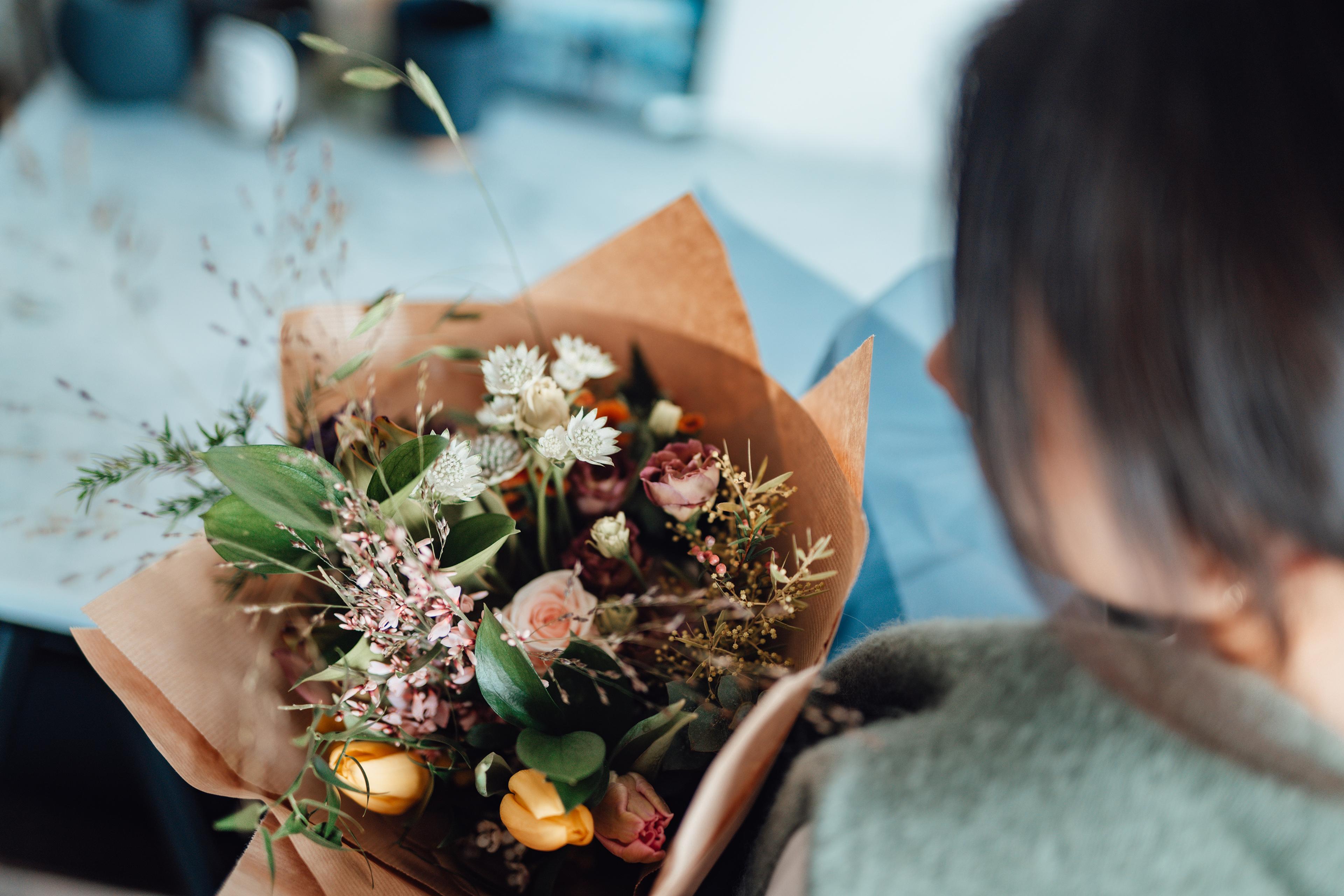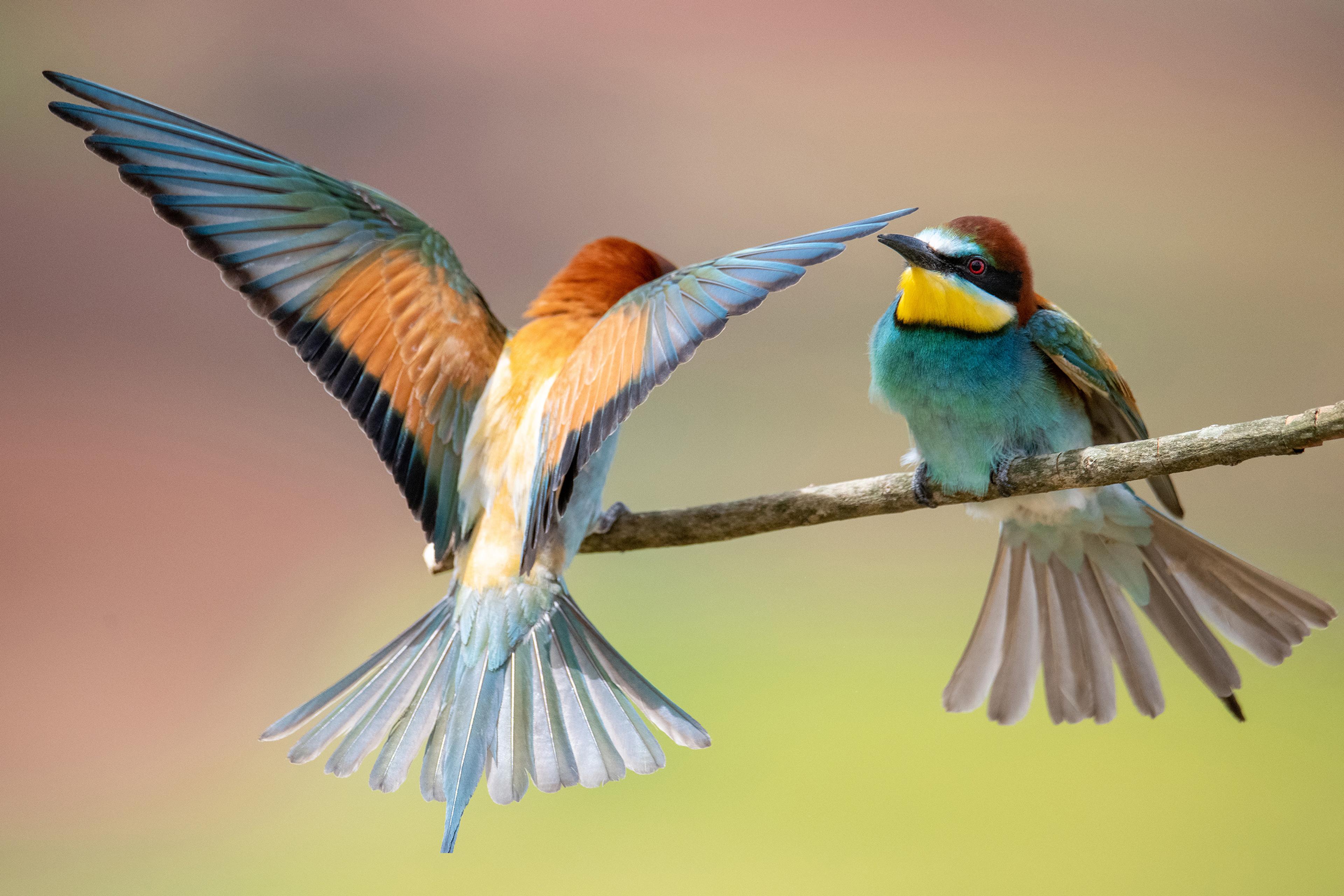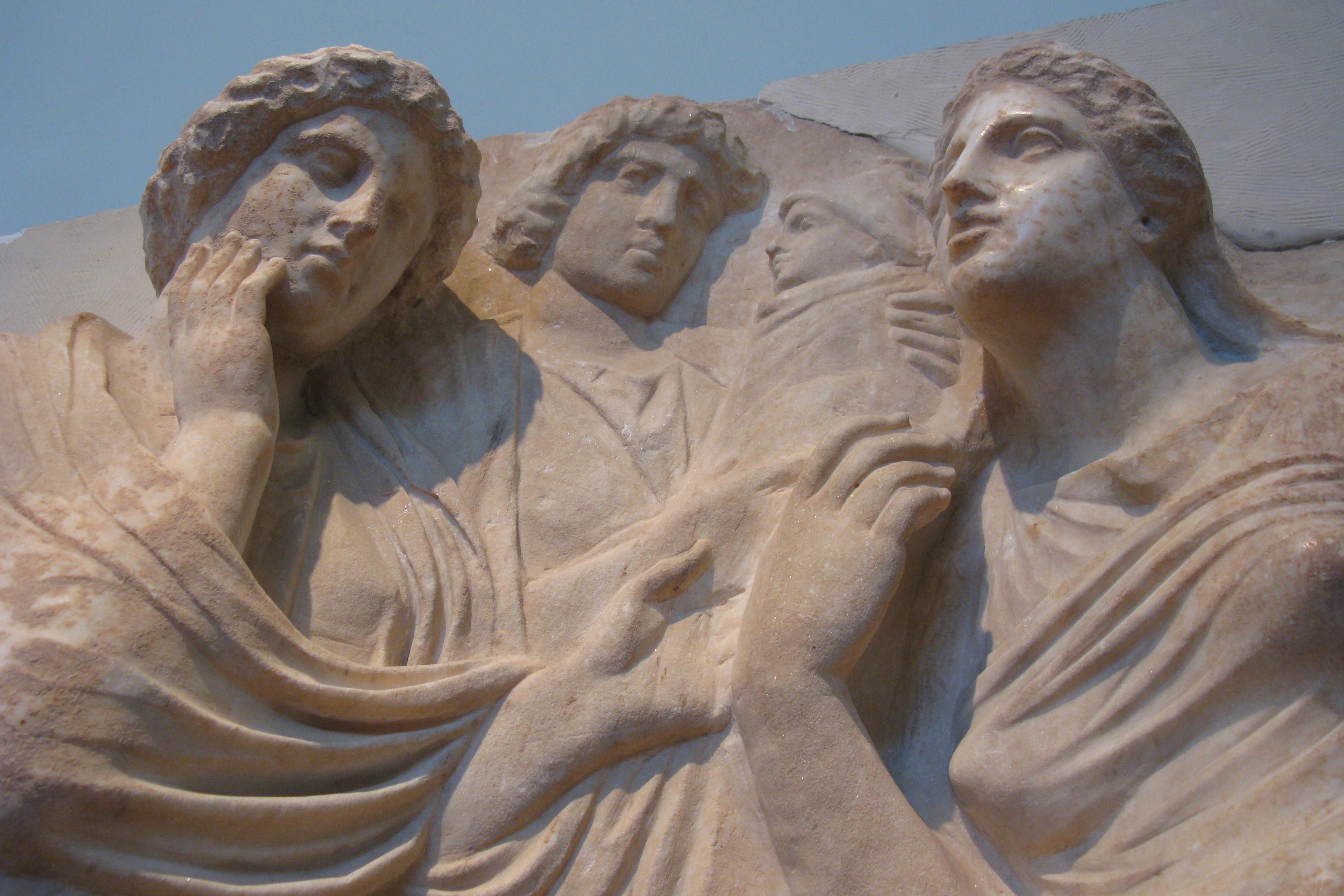As I’ve got older, I’ve got better at saying ‘no’ to requests I don’t fancy, but I regularly fail. Usually, I feel the urge to give a socially acceptable reason – busyness, or a clash. But, without an excuse, sometimes I lie (which feels wrong), or I people-please and agree (which also feels bad… for me).
So, during a recent trip to Japan, I was intrigued to learn a new word for ‘no’. In Japanese, saying chotto is a way of declining without offence. According to the newsletter Japan or Die, chotto translates directly as ‘a little’, but its meaning is more subtle: ‘If someone asks you if you want to go to a party tomorrow and that’s not something you want to do … all you have to say is Ashita wa chotto (‘Tomorrow is a little…’) and the meaning is conveyed.’
Chotto is an example of a conversational tactic called an ‘implicature’. As the philosopher of language Nikhil Mahant explained in a recent Aeon essay, it allows us to ‘convey meaning without breaking social norms’.
All languages have implicatures, but it turns out that cultures disagree on how to use them. One 2011 study, for example, explored the contrasting refusal strategies of American and Japanese participants. The Americans were more likely to give a direct ‘no’, or cite alternative plans (‘I’m busy that weekend’), whereas Japanese speakers would use chotto, or postpone an answer (‘Right now, I don’t know my schedule’). Interestingly, Japanese participants found the American strategies rude; the Americans found the Japanese tactics frustrating.
The language of implied refusal, it seems, is delicate, and sometimes you might offend without realising. Has learning this made it easier for me to say no? Well, a little…












